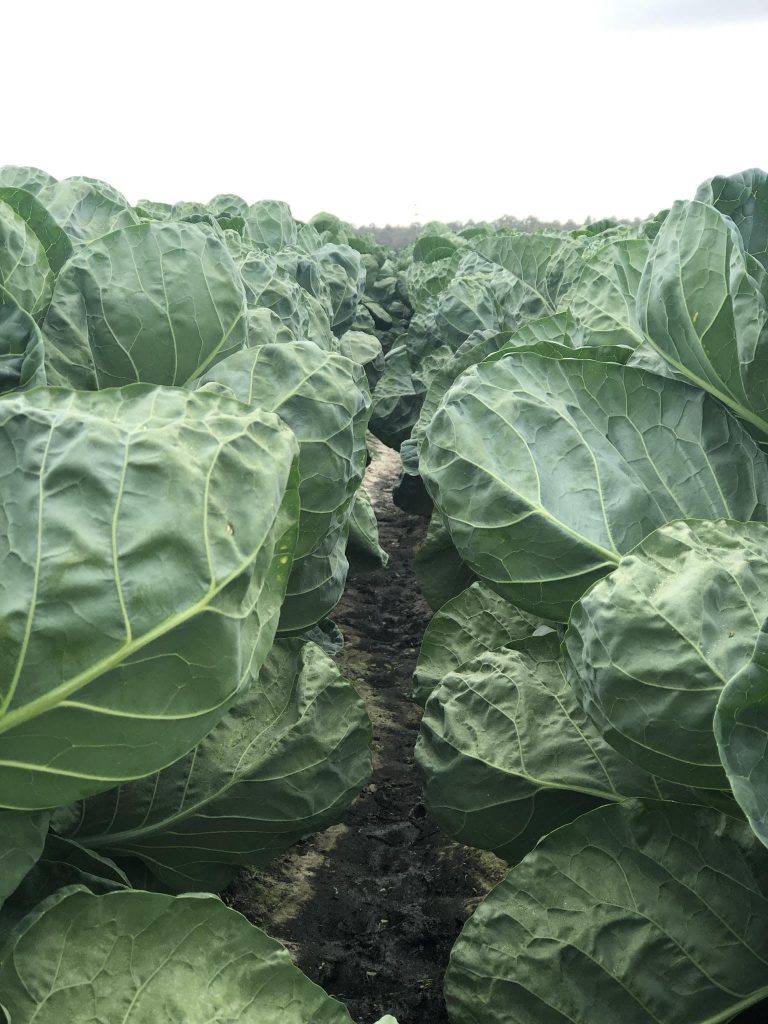By Karla Arboleda
Researchers at the University of Florida (UF) Hastings Agricultural Extension Center are studying ways to grow the best quality cabbage.
Although research on higher quality cabbage is relatively new at the center, experts are working to establish facts. Lincoln Zotarelli, an associate professor in the UF Horticultural Sciences Department, discussed updates on cabbage research at the recent Cole Crop Field Day.

FERTILIZATION
“We’re investigating strategies for fertilization, including timing of application, rate of fertilizer and placement,” Zotarelli said. “We’re trying to refine those to determine how much we need to apply for cabbage and have the lowest application.”
One of the key observations Zotarelli and his colleagues have made is how cabbage requires phosphorus in its fertilizer to grow well. The long-term project aims to establish best management practices for cabbage.
“One year is not enough. We’ve been doing this for multiple years because weather has a great impact on yield,” Zotarelli said. “We’re trying to maximize the availability of phosphorus fertilizer to the plant and getting the fertilizer (applied) closer to the planting (date) is a good way to do it.”
IRRIGATION
In addition to focusing on fertilizers, growers should pay attention to the water distribution that cabbage requires. Keeping the water table very high in a field of cabbage is not ideal.
“It’s very important to balance … how much water you apply,” Zotarelli said. “You don’t want to over-irrigate because that would promote runoff in the case of cabbage.”
Growers should take rainfall into account in determining the proper water table level. Ultimately, the goal is to maintain healthy water levels and to not waste any beneficial nutrients.
“Keep in mind that water and nutrients go hand in hand,” Zotarelli said. “If you mismanage one … we have consequences in availability of nutrients to the plant.”









